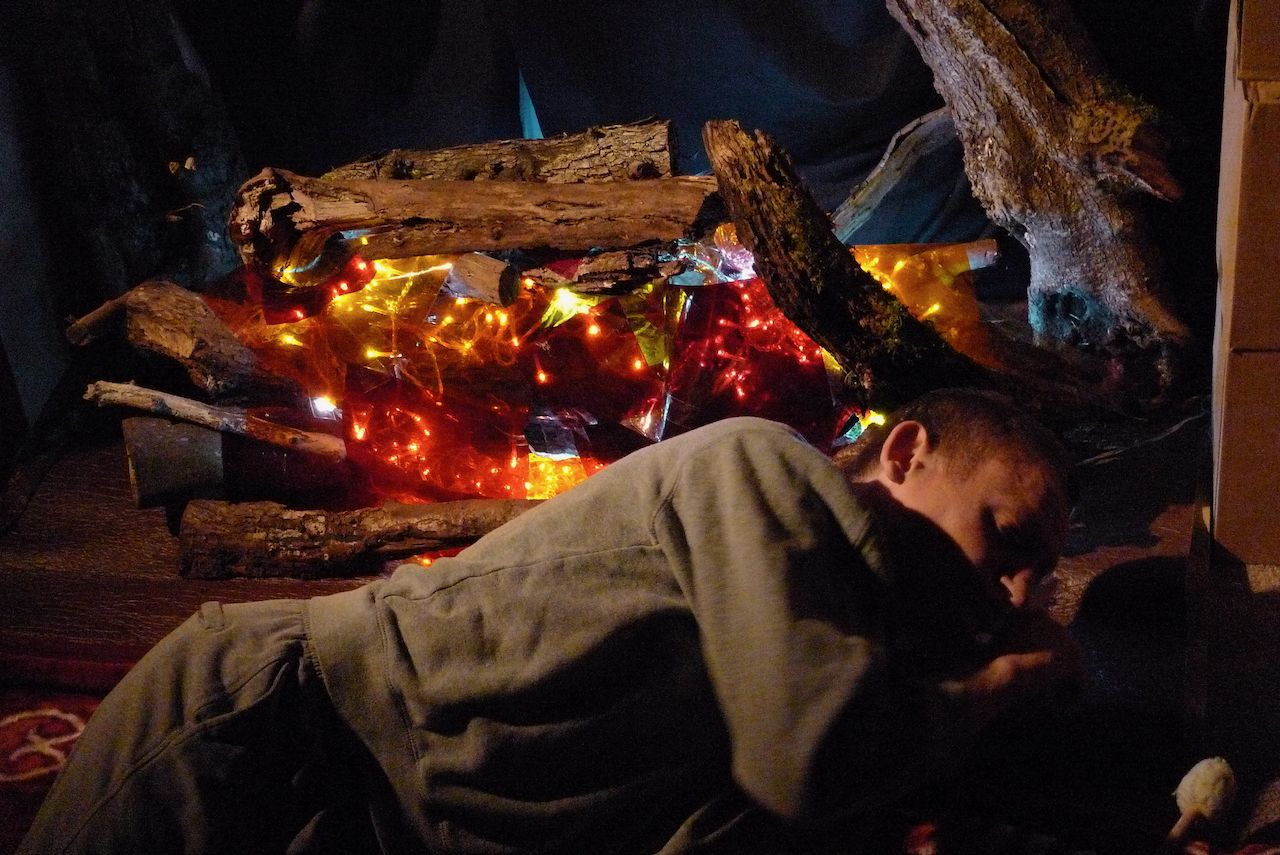Recorded Music and Sound Effects
If you are uncomfortable playing music yourself, it may help to use pre-recorded
music and/or sound effects. These can be sourced from many places including the
internet, where it is often possible to legitimately download files free of
charge.
It is worth recording music and sounds at the
highest quality and building up a library, so you can use them over and over
again. The requirements of the music you use will vary. Sometimes you may want a very specific piece that complements an activity
such as an active, energising piece to support a vigorous activity like
building a wall or dancing, other times you may simply be looking for passive background
music. If using projections, they often come with appropriate accompanying music.
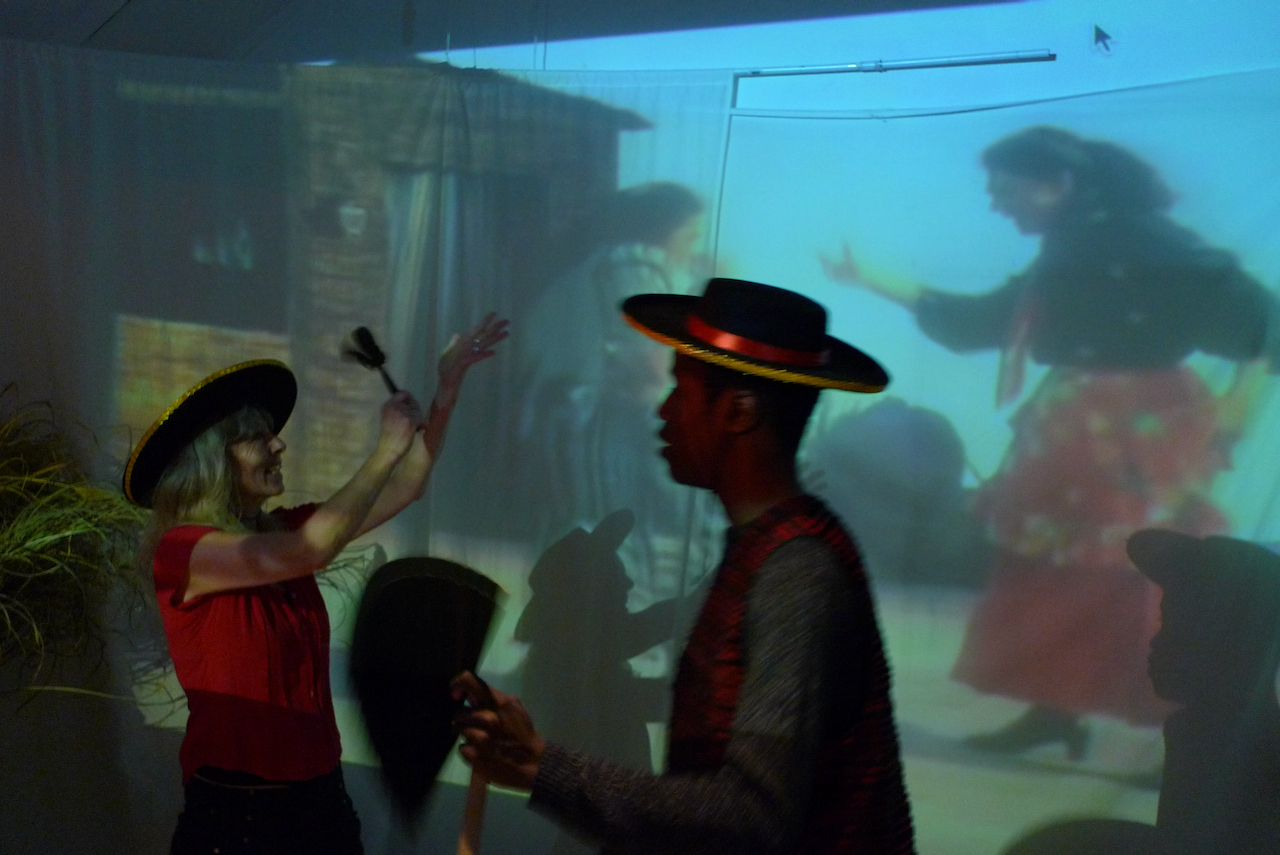
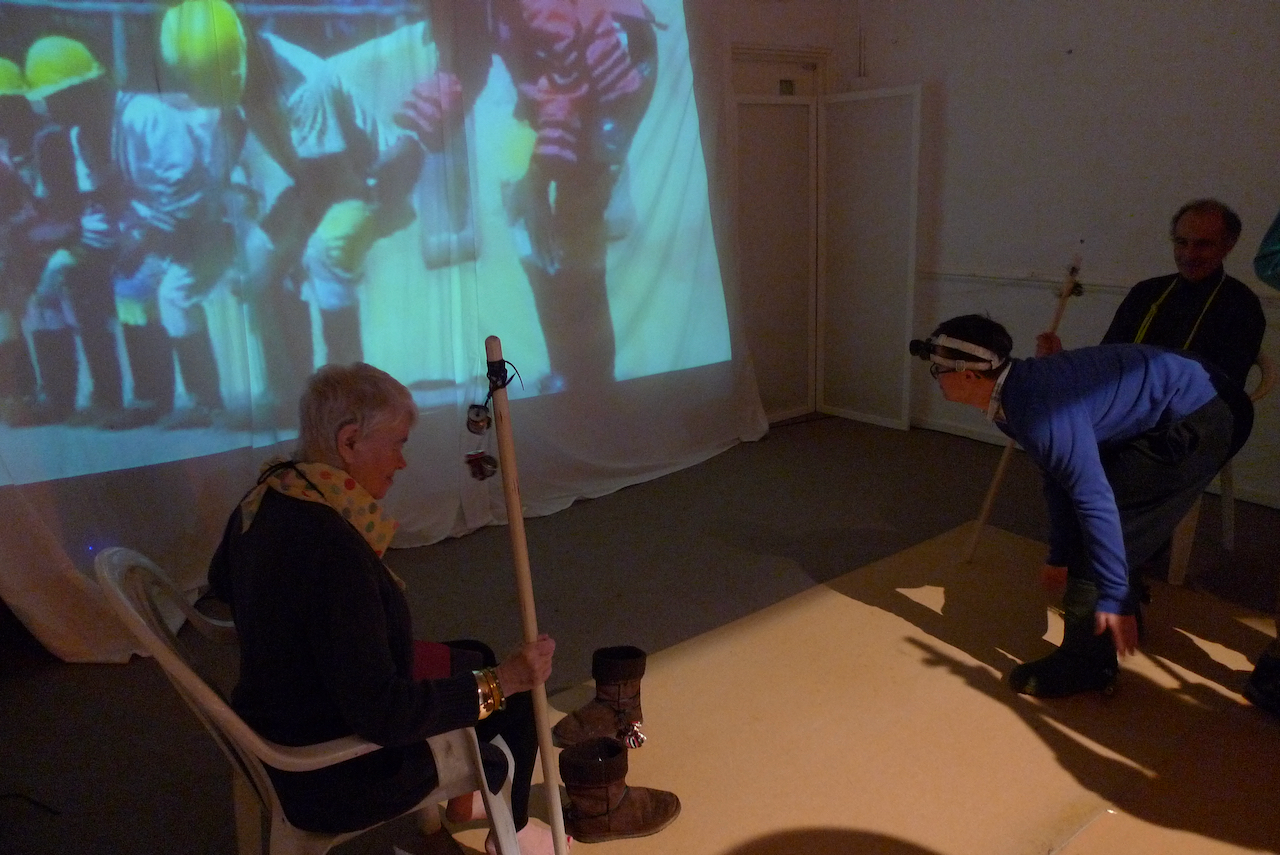
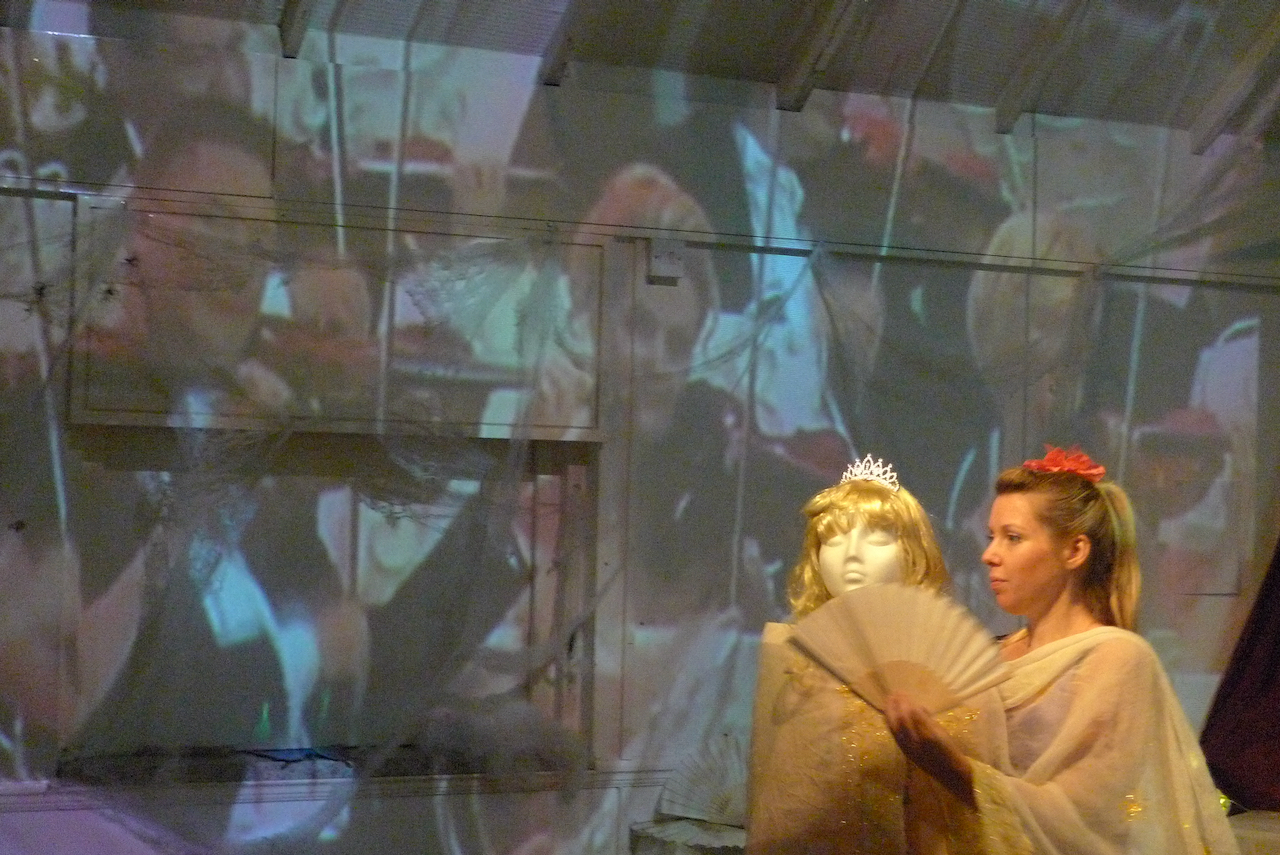
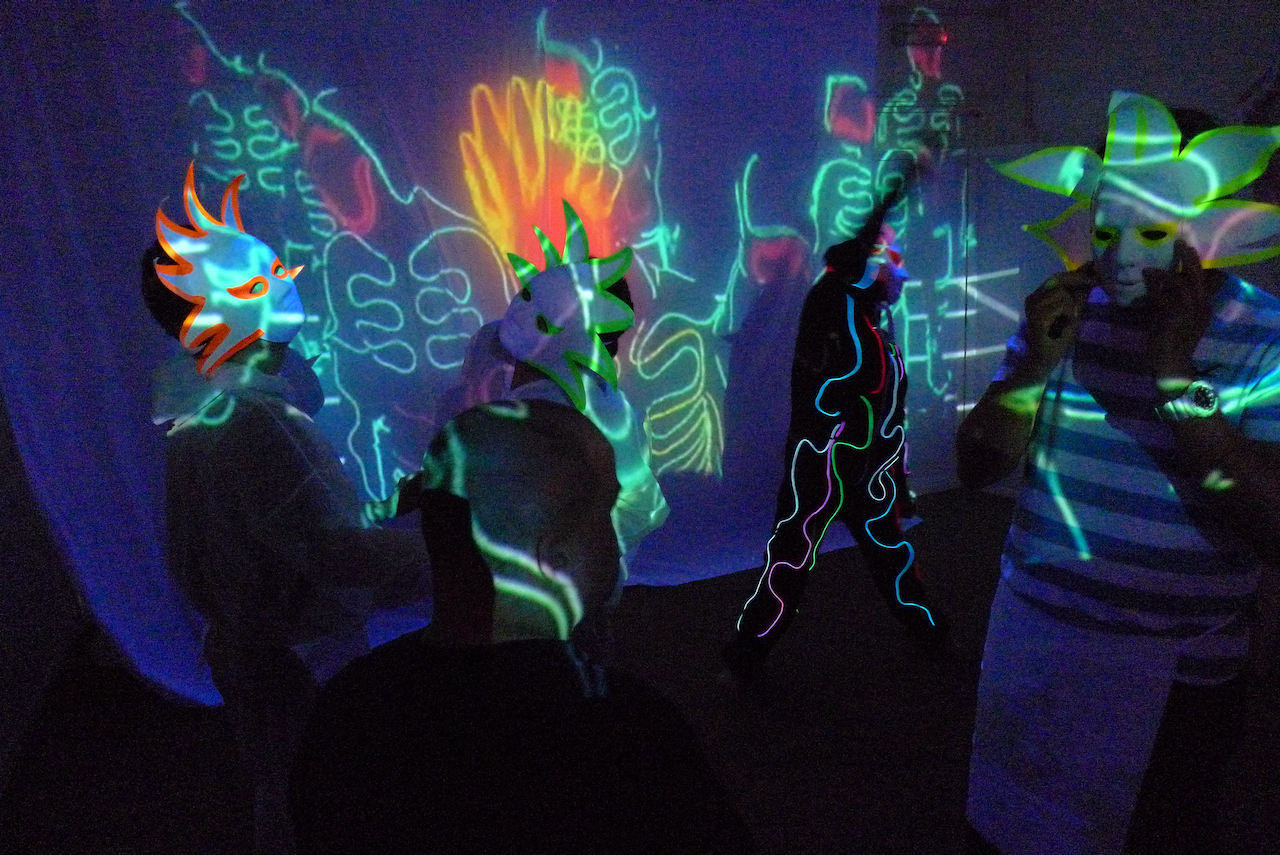
Selecting which music to use will involve an element of personal preference, however there are certain things to bear in mind that enable us to both provide participants with a broad range of musical input and help to create the unique attributes of each workshop. Instrumental music is often more appropriate
than vocal pieces. Words tend not to be totally fitting to the action and can
also be distracting. Longer pieces are useful as time tends to go
at a different rate when you are in a session and you may need much more music
than you imagine. Constantly changing music can be distracting. Looping pieces is very helpful and saves on
resourcing time. A five or six minute instrumental piece can often be looped
several times without becoming boring.
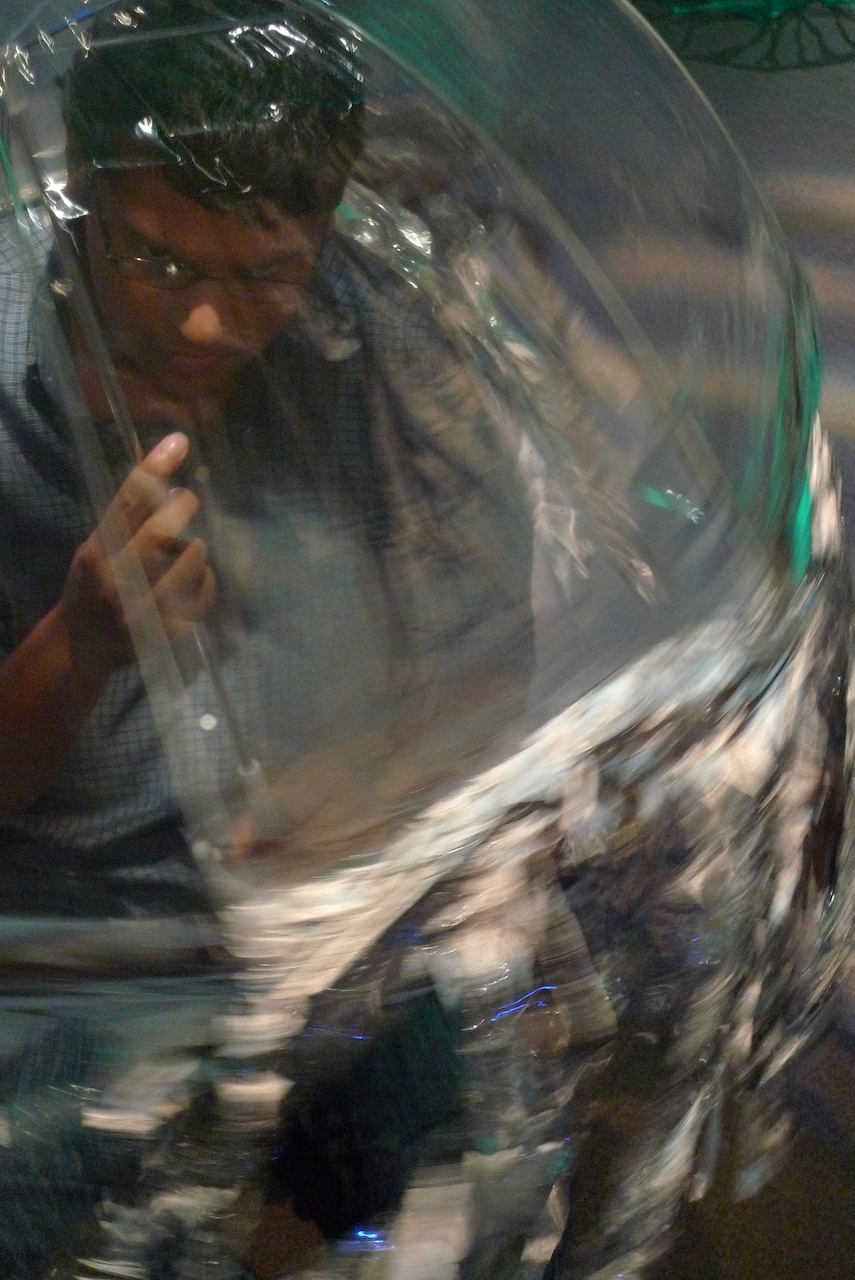
As with the environment, resources and
costume, music helps to make it easier for our participants to enter the world
of the specific workshop and to give clues at every opportunity. Use recorded music when you can’t reproduce
the effect you are trying to get across. Traditional music can give context to many
culturally specific workshops, for example bands like Blowzabella could be
used in English or French workshops. For activities and workshops set in
different parts of the world, the traditional music of that area and/or culture
is always a good starting point.
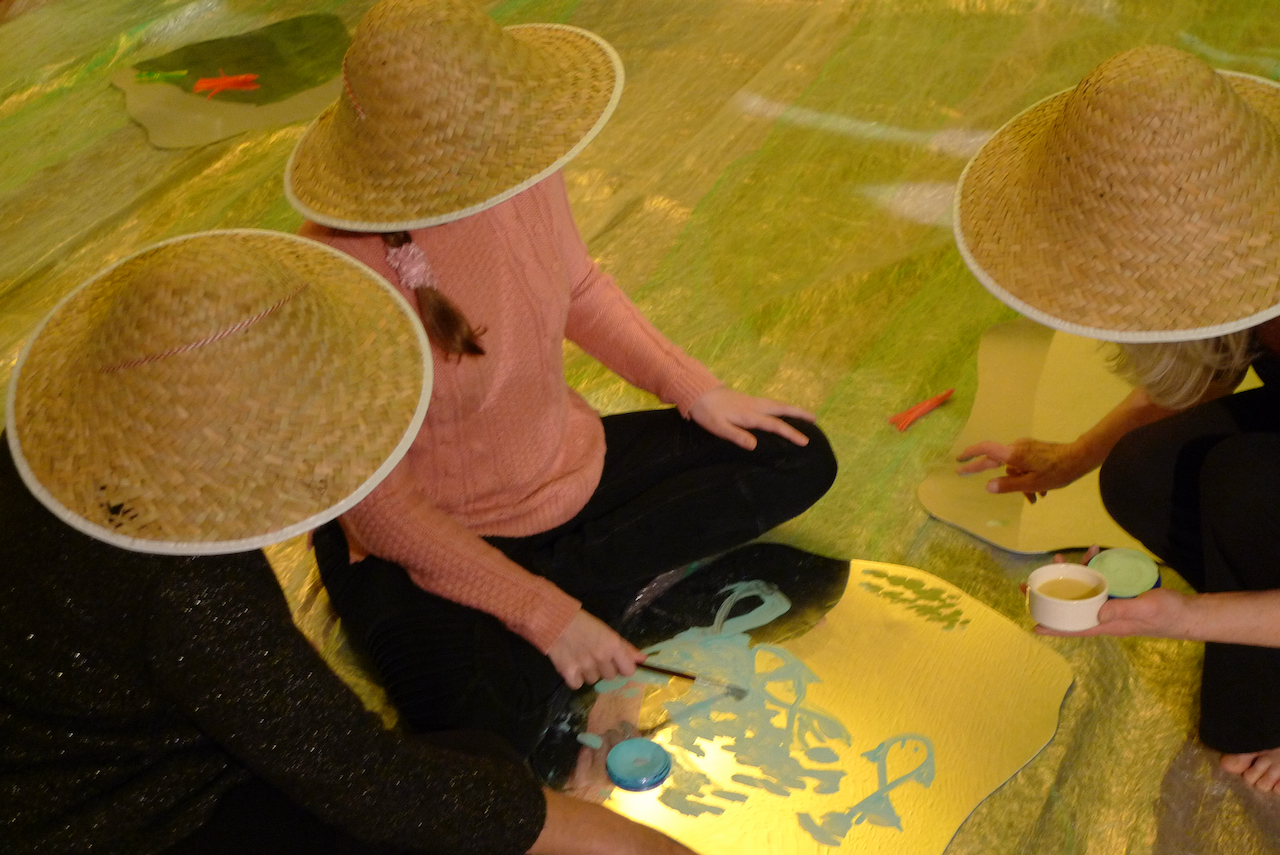


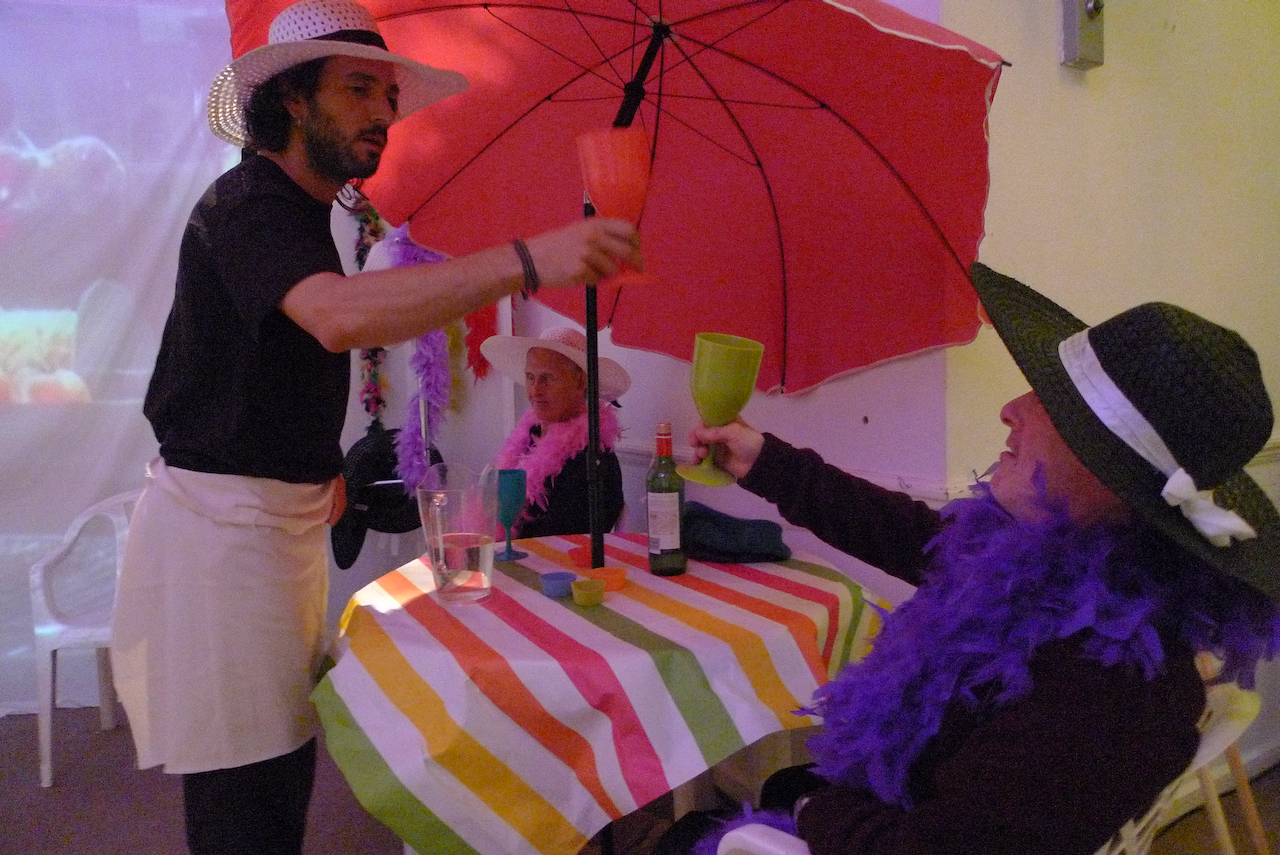
Familiar songs such as ‘When the boat comes in’ are often useful, for example in fishing at
sea activities.
Consider slowing down the music on whatever
device you are using. It is often the case that recorded music seems very
fast from our participants' point of view.
You could also use familiar soundtracks that participants might recognise - i.e. the them tune for Dr Who or other favourite films
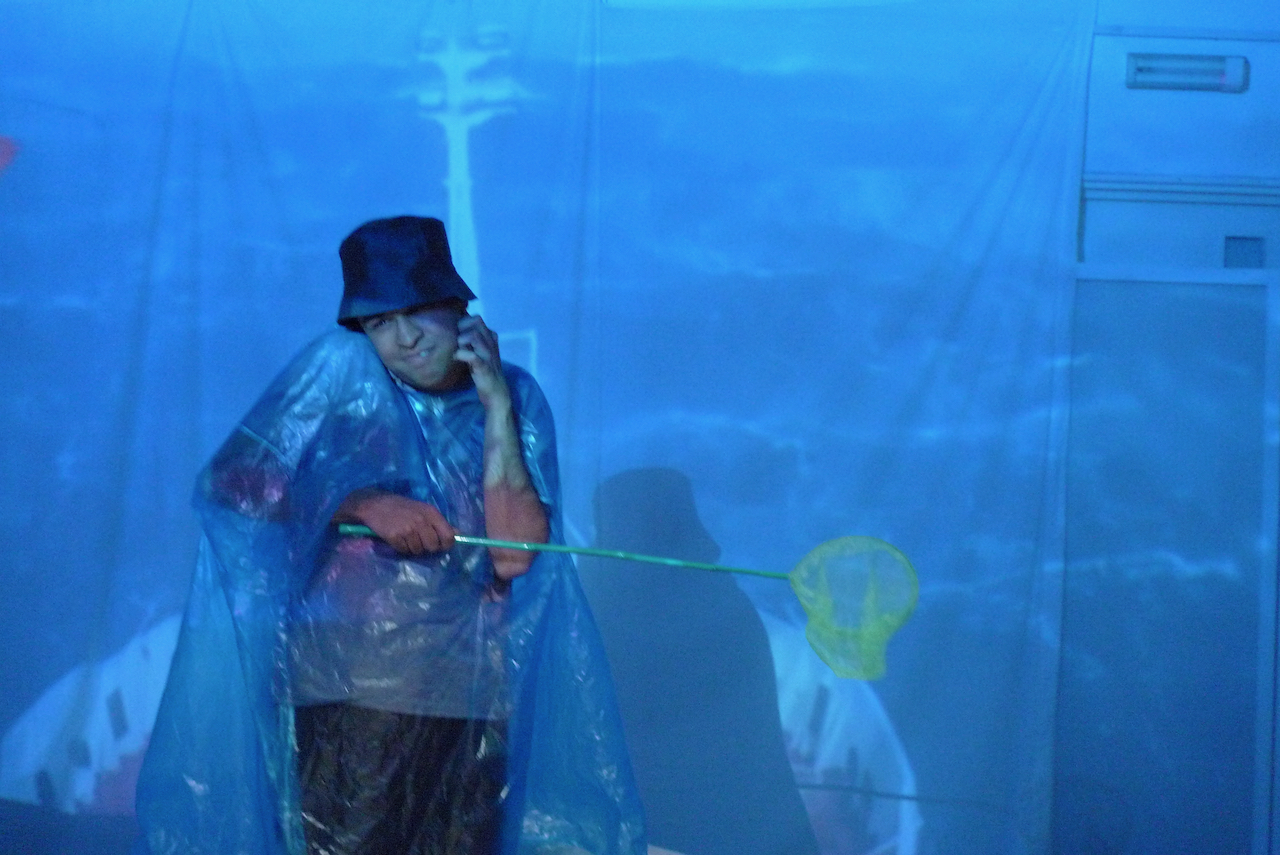

Ambient electronic music is highly varied and
much of it is very useful in workshops. It tends to have less dynamic variation
and isn’t trying to proscribe any particular emotion. As such it can often be
used in a variety of settings. Aphex Twin for example has produced a huge body
of work that can be used in sessions about being underwater, in space, insect
activity or just chilling out.

Contemporary minimal music by composers like
Steve Reich can be incredibly useful to energise sessions. Pieces such as Music for Eighteen Musicians consists of
gradually shifting repetitive phrases that are non-prescriptive and can be used
in lots of different situations.

Sound Effects (SFX) can support the specific context of a workshop and help bring an immersive aspect to the sessions.
They include: Weather effects like wind, rain and thunder.
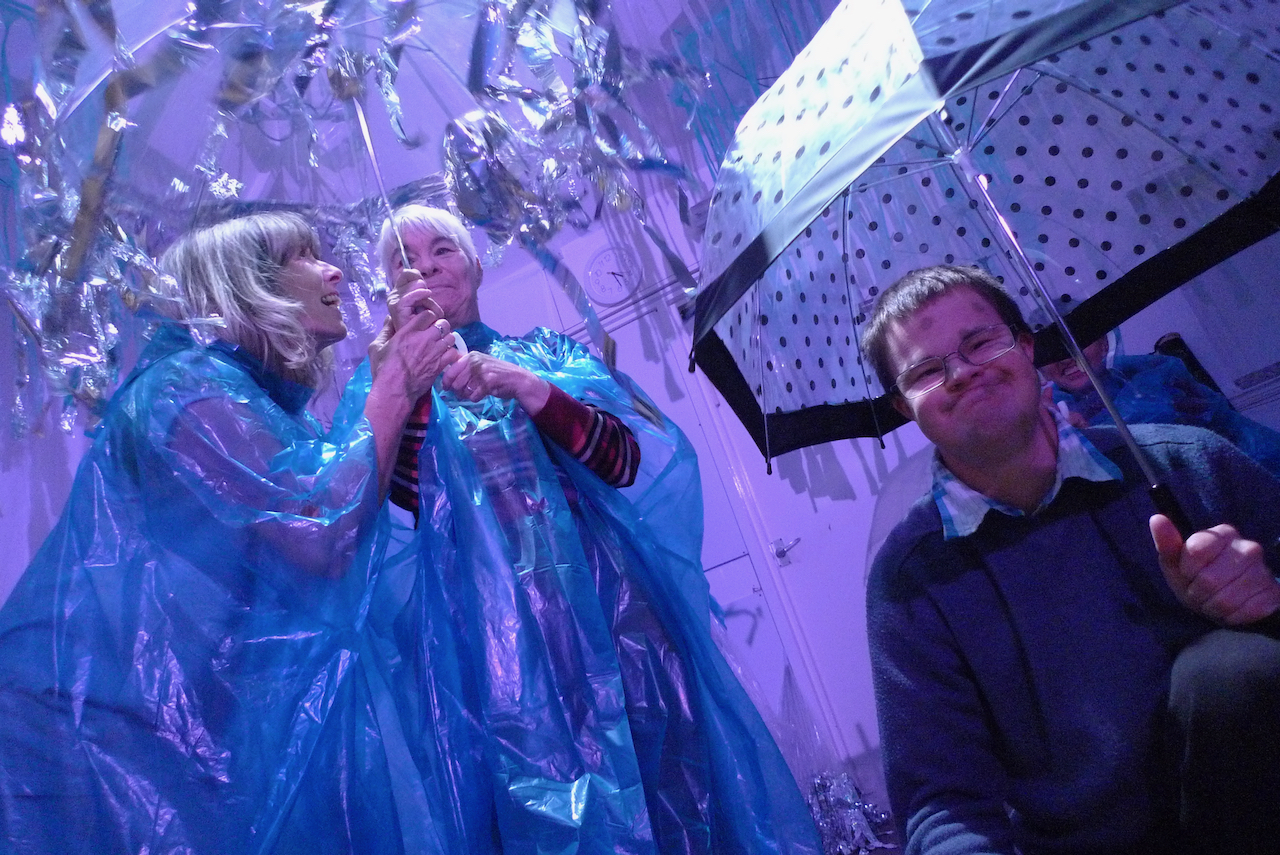
Bird sounds like seagulls, rainforest birds or the dawn chorus
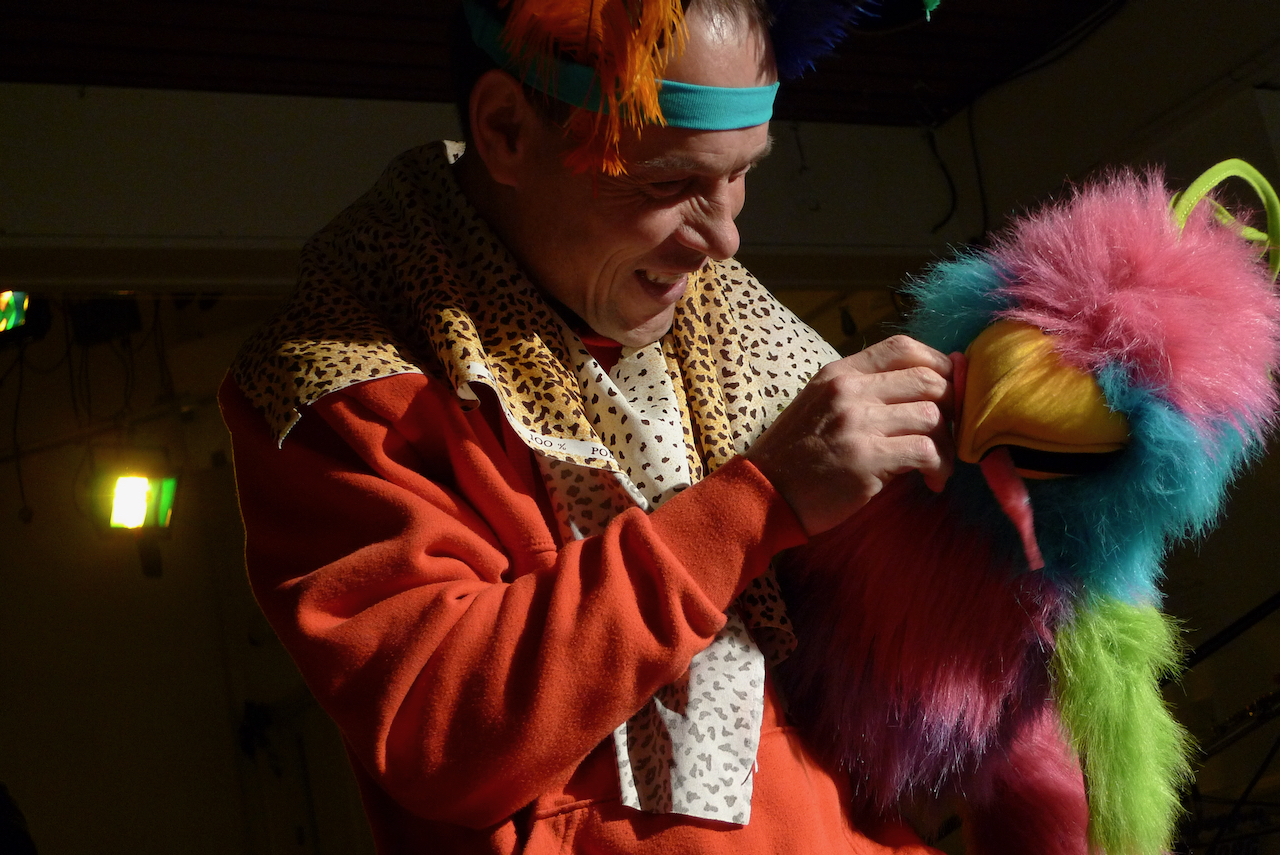
Animal sounds like tigers and insects
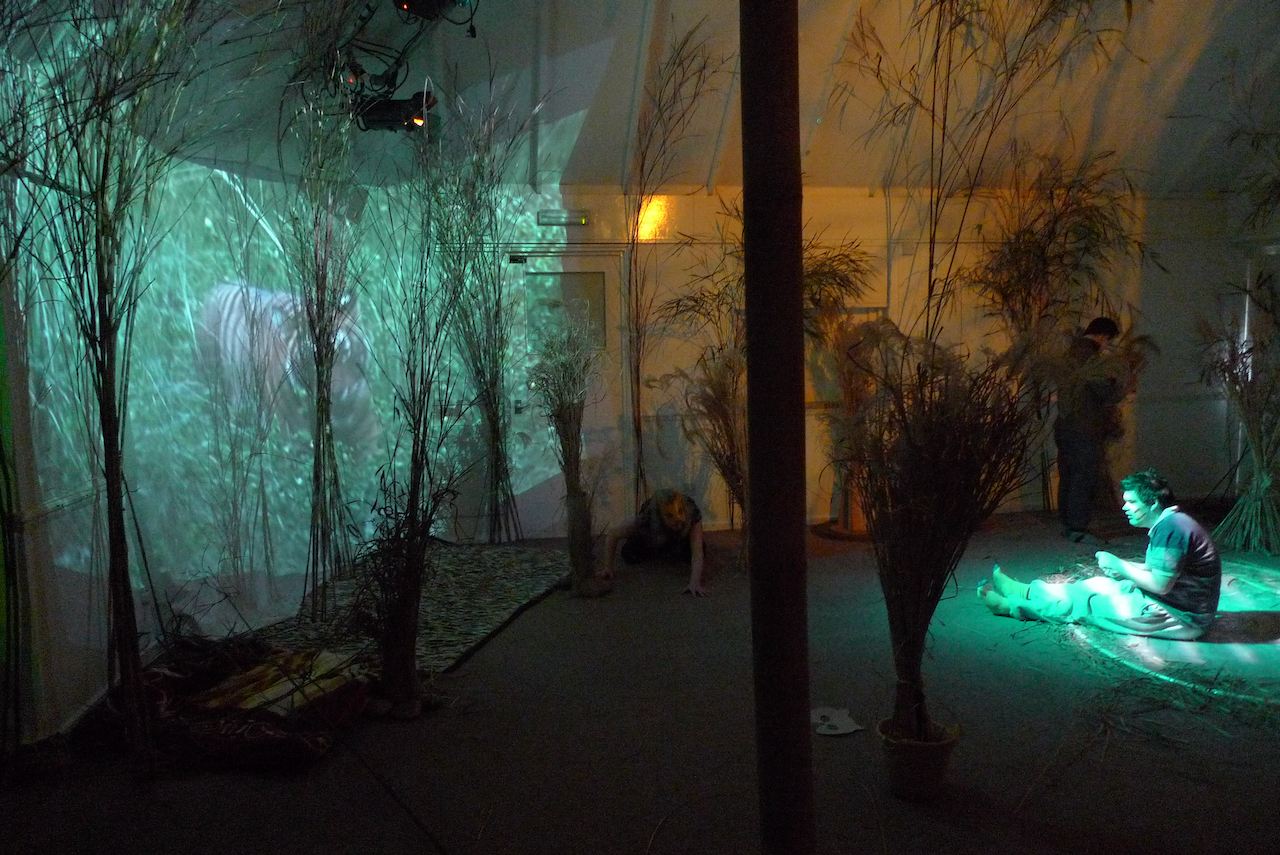
Water sounds like waves on shingle, a storm at sea, waterfalls, rivers and dripping water in caves
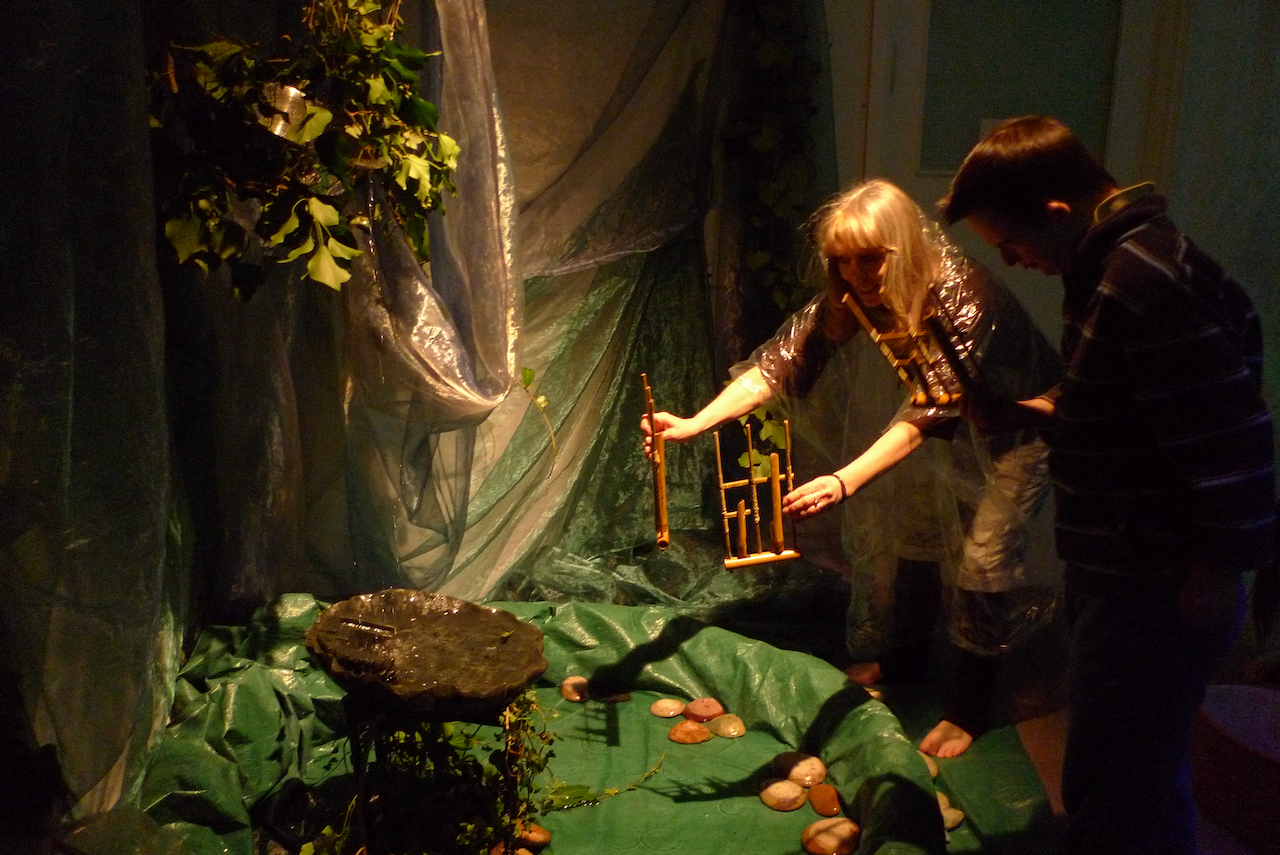
Mechanical sounds like engines, cars, clocks and trains
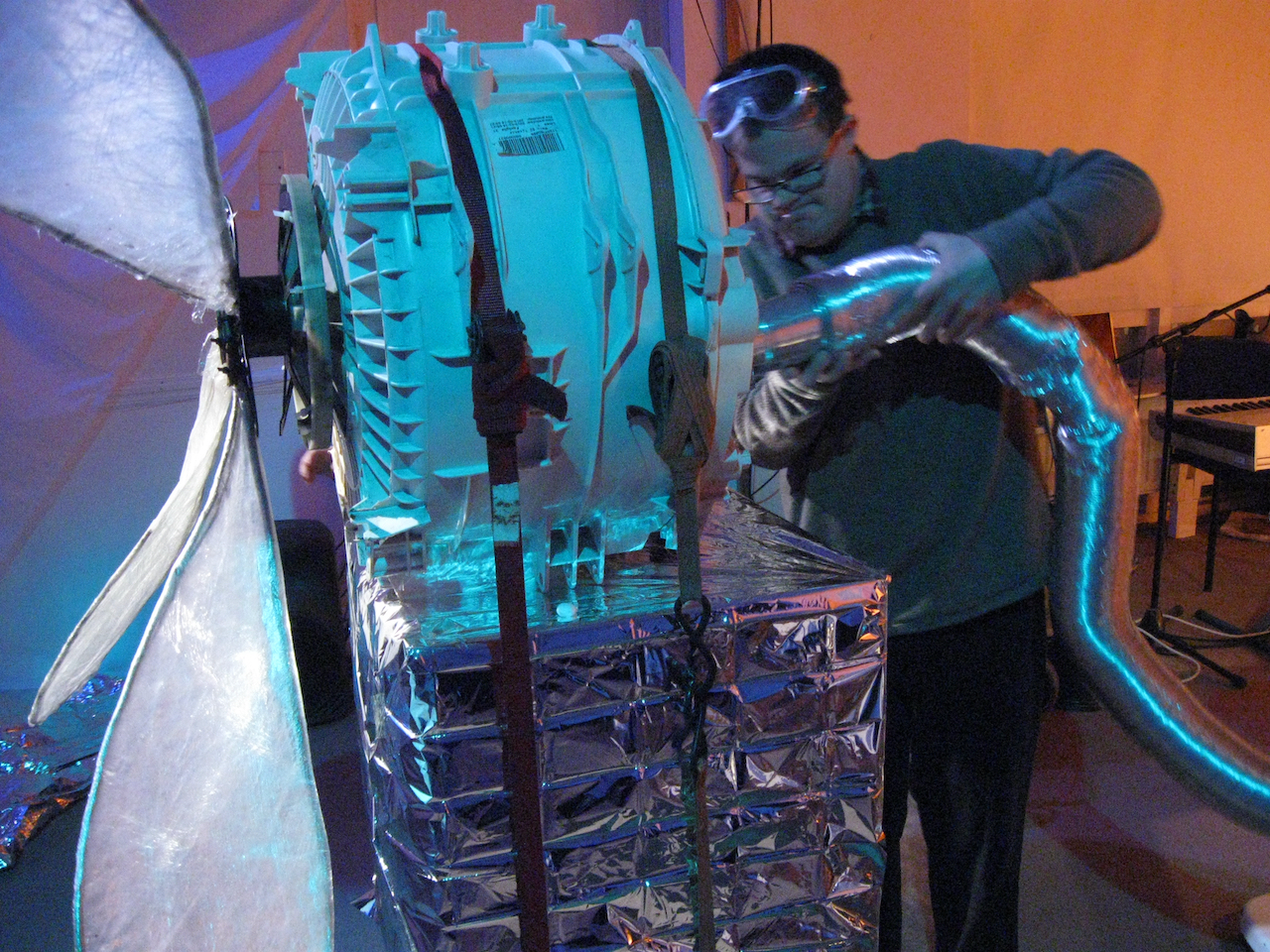
Human sounds like crowds and street vendors
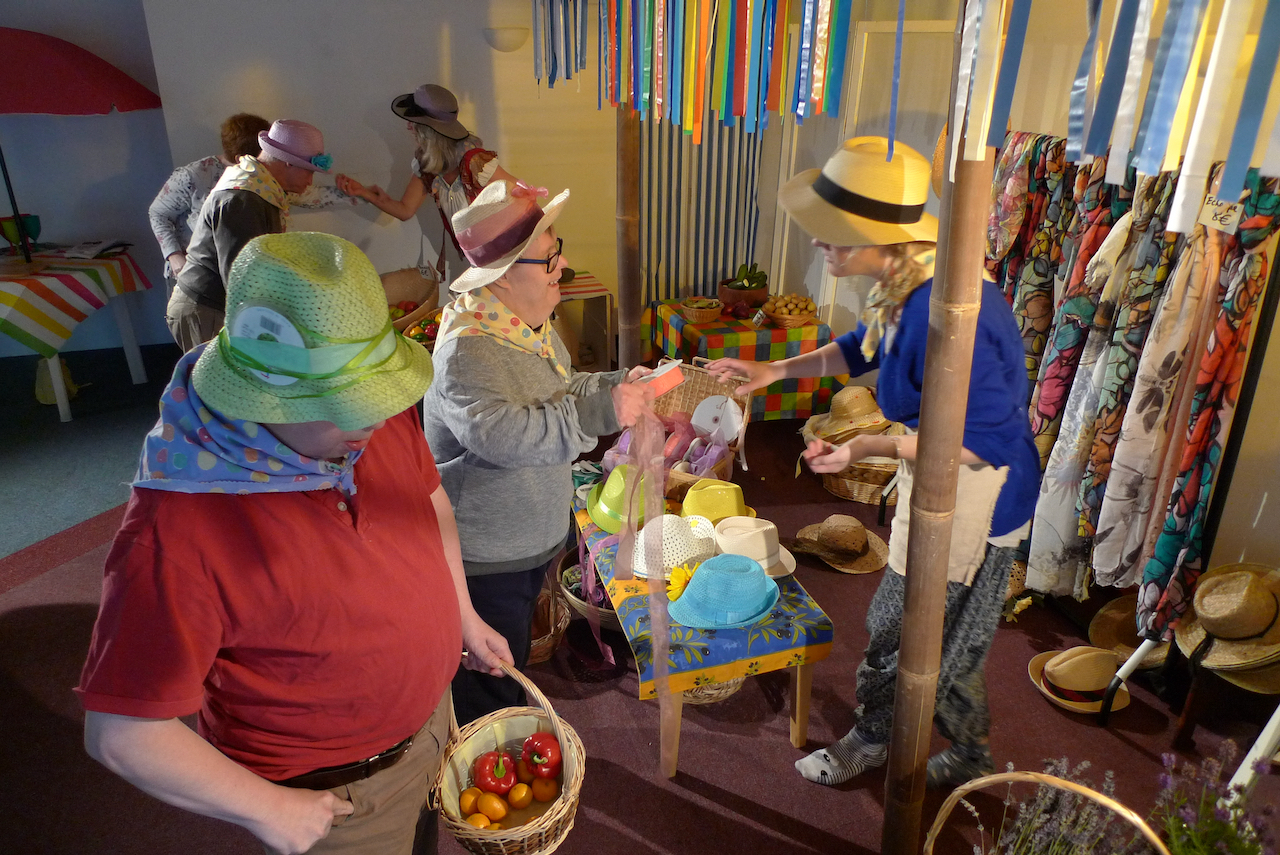
Some sounds are useful to support the use of a particular prop, e.g. a crackling fire. Freesound.org is a wonderful website that provides many different sound effects in an easy to download format.
